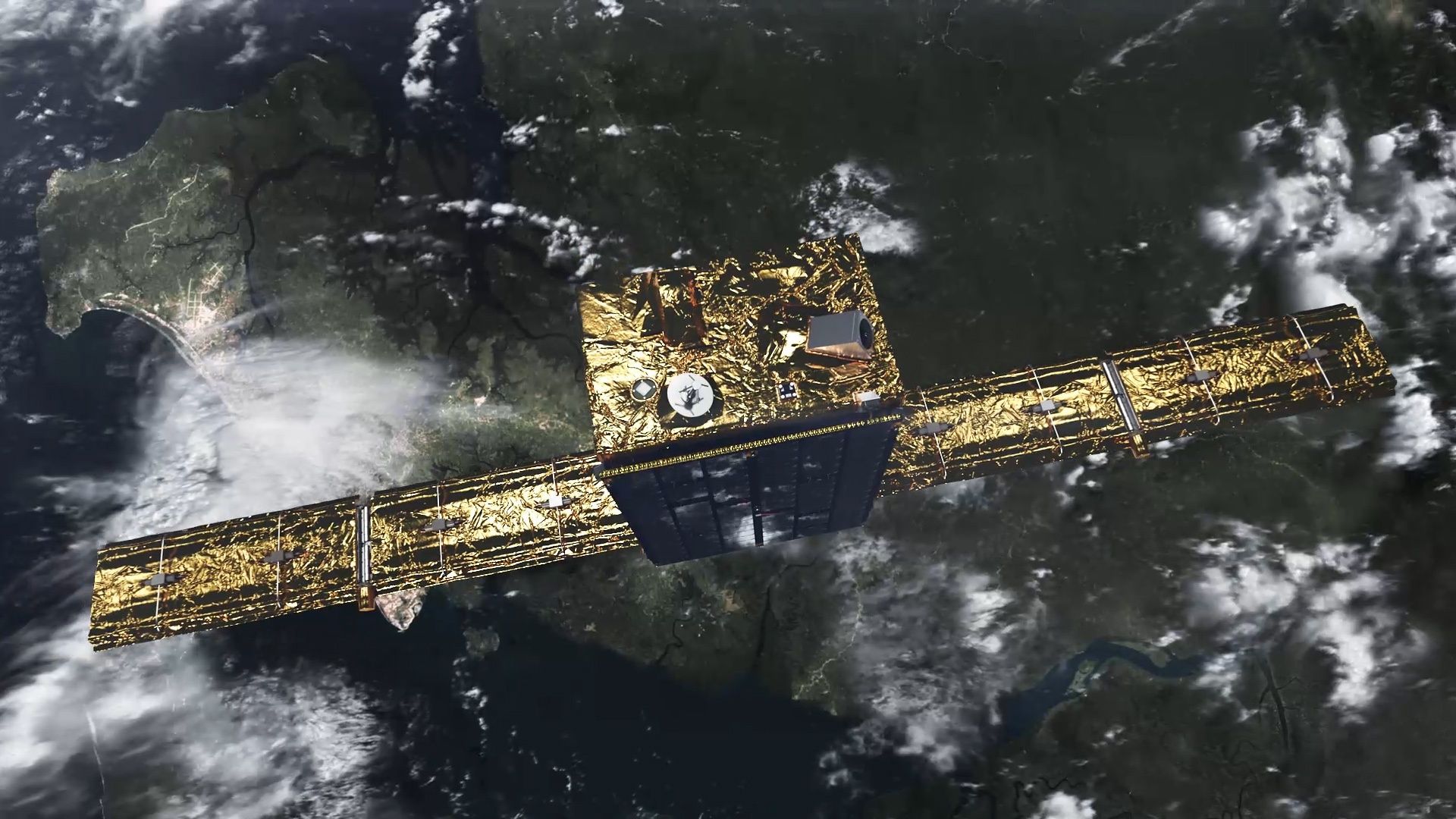By Gary Elinoff, contributing writer
Satellites deploying synthetic-aperture radar (SAR) have the ability to gather information from Earth’s surface regardless of weather conditions, making them especially useful to governments, militaries, and private enterprises alike. The problem is that beasts of this nature are large, heavy, and expensive. Indeed, as reported by the BBC , “The EU’s mighty Sentinel-1 series of spacecraft, for example, weigh well over two tons each, and their transmit/receive radar antennas are 12 meters long. They also cost a couple of hundred million euros a pop.”
Not anymore. Finnish start-up ICEYE has developed a lightweight SAR satellite that fits into an 80 x 60 x 50-cm space and with an antenna that deploys to 3.5 meters.

ICEYE Synthetic-Aperture Radar Satellite. Image source: ICEYE.
Standard parts
According to ICEYE’s Rafal Modrzewski , part of the reason for the shrinking of the size and costs for the space vehicle can be found in your cellphone, or more specifically, the parts therein. By employing Commercial Off-The-Shelf (COTS) components, ICEYE’s satellite designers enjoy significant advantages. As Modrzewski explains, space-rated components are tremendously reliable, but they are not as up-to-date, not as small, and far more expensive than COTS.
So how will ICEYE’s satellites endure with less reliable components? They won’t really have to. Because of the vastly lower weight and cost of these devices, they are expected to be launched en masse, with many satellites flying over the same area to be monitored; thus, having one fail will not be catastrophic. And because only one of many satellites needs to be “on” in any given time period, the duty cycle is reduced. This means that not only is less heat generated, making power management simpler, but also, because most components draw no power most of the time, this will also lead to fewer failures in any case.
Synthetic-aperture radar sees through cloud cover
The obvious problem with using optical cameras on satellites destined to observe events on Earth’s surface is that cameras can’t see in the dark and that clouds often block the view even in daylight. SAR, on the other hand, involves bouncing a microwave signal down to Earth and reconstructing the view based on what bounces back. The result is that while optical imaging can often be futile, because clouds are invisible to microwaves and the presence or absence of daylight is irrelevant, observations with SAR can be made in any condition.
Proof of concept
The ICEYE-X1, as the satellite was dubbed, was actually launched from the Dhawan Space Center in India. The 70-kg spacecraft also has the distinction of being Finland’s first commercial satellite, and it represents the first time that SAR has been deployed in space on a microsatellite. It is expected that two more satellites will be launched later in 2018 to complete the proof-of-concept phase. After that, the company plans on launching a total of 18 SAR-enabled space vehicles. This “constellation” will enable imaging any point on Earth within a few hours.
Nowhere to hide
There has been a lot of interest in microsatellites as of late. And thanks to the efforts of Elon Musk and others, we can expect the cost of deploying satellites into space to plummet in the coming years. Perhaps, sooner than we think, fleets of microsatellites will become the space-borne equivalent of drones, and then nothing on Earth’s surface can remain a mystery for long.
Advertisement
Learn more about Electronic Products Magazine





